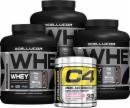
8 Must-Try Workout Recovery Tips!
A smart recovery strategy is just as important as training hard if you want great results. Recover like a champ and grow like a pro with these 8 tips!
Hard-training athletes and gym rats have long known that the work you do in the gym is the stimulus that breaks down muscle tissue. But muscle growth and adaptation? That happens during the subsequent period of rest and recovery. And it takes time.
Recovery is an essential component in the complete muscle-building process. It's become especially relevant during the past few decades, as exercise scientists have stepped in to measure which factors can help speed up the recovery process so you're ready to move iron or dominate the next game faster than ever.
Make no mistake: Your training matters, but your efforts in the gym can be further enhanced—or even negated—by what you do with the other 22-23 hours of your day. If you want to maximize your recovery efforts, check out this complete guide, including several tips from IFBB physique pro and fitness entrepreneur Craig Capurso.
The Role of Recovery
On the cellular level, a number of biochemical processes occur during a training session—most notably, damage to the muscle fibers and depletion of muscle glycogen (stored carbohydrates) in the muscle groups trained. Inflammation sets in shortly after, sometimes making it very difficult to complete the same tasks even two days in a row. Recovery between these tasks is critical to performance and long-term physical development.
"When training a muscle, you want to damage as many muscle fibers as possible, and somehow you have to 'bandage' them back together," says Capurso. "Recovery requires not only time, but also proper nutrition and supplementation. The goal is to get you ready to train again as fast as possible and still maximize muscle size or power output."
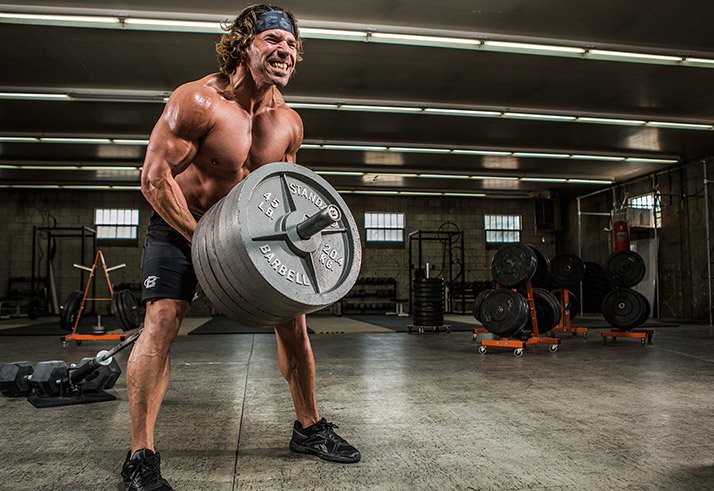
Anthony Barnett's research published in Sports Medicine reinforces the notion that complete recovery is critical to great results. "A lack of appropriate recovery may result in the athlete being unable to train at the required intensity or complete the required load at the next training session," he writes. "Higher levels of fatigue may also predispose the athlete to injury. Furthermore, full recovery is necessary for optimal competition performance."1
Recovery is obviously important for the short- and long-term performance of every lifter, but it's not a one-size-fits-all proposition. You wouldn't expect the recuperative abilities of a seasoned 25-year-old male lifter to be identical to that of a trainee in his mid-50s who follows a whole-body workout.
To understand what can affect your recuperative abilities, you need to learn more about the three variables that can affect the recovery process. By understanding how you can influence muscle recovery, you'll be better equipped to manage your own workouts.
Training Volume, Intensity, and Experience
Lifters who perform the same movements hundreds of times become very efficient at them, and trained muscles tend to recover from fatigue faster than untrained muscles. "The longer you do a specific bodybuilding exercise," Capurso says, "the faster your recovery rate gets, and the more intense your training program can become."
However, with efficiency comes higher volume and intensity, which means more experienced trainees can also incur greater amounts of cumulative muscle damage than new lifters. This can lead to a longer recovery time. Even if you're an extremely experienced athlete, if you're continually pushing the envelope you need to consistently focus on recovery strategies.
Muscle Groups Trained
According to Capurso, not all muscle groups recover at the same speed. The quads, hamstrings, and glutes, incur a significantly greater amount of overall micro tears than other muscle groups simply because they have the greatest amount of muscle mass engaged when trained.
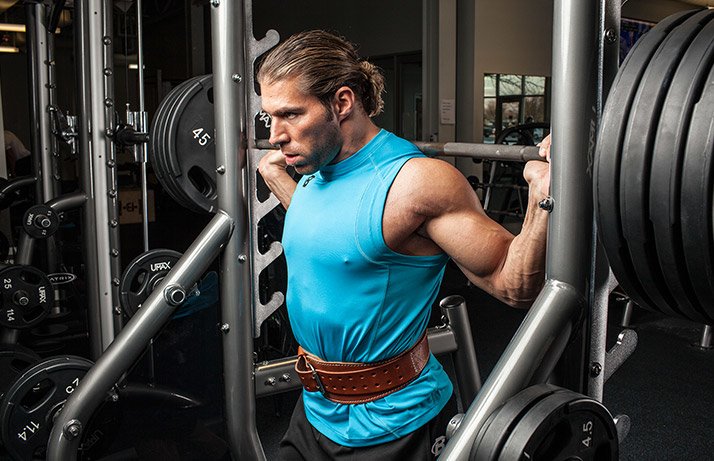
The calves, on the other hand, have the fastest recovery time, in part because of their fairly small size and higher percentage of slow-twitch muscle fibers.
Age and Genetics
With age comes experience, but also diminished recuperative abilities. In fact, it's rare to find a longtime lifter who trains the same way he did in his 20s, in part because the body requires more time to regenerate.
Besides age, individual DNA varies from one person to the next, including everything from metabolism to muscle-fiber types to hormone secretion. These all affect how well you recuperate from a workout.
How to Recover Like a Pro
Before you throw your hands up and say there's nothing you can do to affect the recuperation process short of slicing your workout length and intensity in half, try these eight tips to recover more quickly and efficiently!
Eat for Recovery
The most obvious place to start your recovery is with your diet—not just what you eat post-workout, but all day long. Your body needs raw materials to repair tissue damaged by intense training. That means plenty of protein consumed in smaller meals throughout the day (roughly 30 grams per meal), as well as carbs to replace spent muscle glycogen.

Don't forget fats, either; saturated fats help maintain optimal levels of testosterone in your body. Your overall daily caloric intake also needs to be greater than what you expend to support new gains in muscle.
Use Supplements for an Edge
Supplements should never replace a smart training plan and solid diet, but they can augment your hard work in the gym. Creatine has been shown to boost strength and muscle mass when used in combination with resistance training. Caffeine can delay fatigue, even during anaerobic training. Branched-chain amino acids have been shown to help speed up recovery after a tough workout. And research indicates that citrulline malate may fight the effects of fatigue during your workout. These are all great weapons to have in your arsenal!
Capurso agrees that a well-chosen selection of supplements can make a big difference to your workouts and results. "Some individuals argue you don't need supplements to build size and strength, but I can't imagine passing on this easy way to gain a performance advantage for faster and better recovery," he says.
Of course, whey protein should be a staple of your supplement stack. It can stimulate muscle protein synthesis and lead to greater increases in muscle mass and strength.
"I eat 30 grams of protein about an hour before training so I have something in my body, as well as a complex carb," says Capurso. "I'll take some fast-digesting dextrose during my workout for energy. I actually find I get headaches if I don't have some carbs intra-workout, especially on leg day."
Step Up Your Sleep
With advances in technology, it's easy to get news around the clock, connect with friends on social media, play video games, and even flirt online with strangers halfway around the world deep into the night. Such engagement can keep you awake well past bedtime, crowding out and hampering the quality of your sleep time.
For a guy like Capurso, who needs 26 hours in his day as it is, sleep gets shortchanged all too often. Alas, this is counterproductive for any hardworking lifter. For maximum recovery, most people need some 7-9 hours of quality sleep each night, depending on the individual—genetics probably come into play here, too. Don't expect that you can just catch up on the weekends, either. Sleep isn't like a bank account: You can't just move hours around to compensate.
"I know this is one area I can improve on, especially since lack of sleep can affect your hormone response," Capurso says. If you're shortchanging your own sleep, try shutting off your TV, tablet, or computer at least one hour before bedtime, and keeping your room at a comfortable temperature (around 68 degrees Fahrenheit). Both strategies should help you prepare for better shuteye.
Guard Against Overtraining
Ambitious lifters often drive themselves hard in the gym—sometimes too hard. This isn't to suggest you should shy away from challenging workouts, but putting the pedal to the metal and training full bore year-round is likely to do as much harm as good. Cycle in periods of lower-intensity training and even time off from the gym, both for your physical as well as mental health.
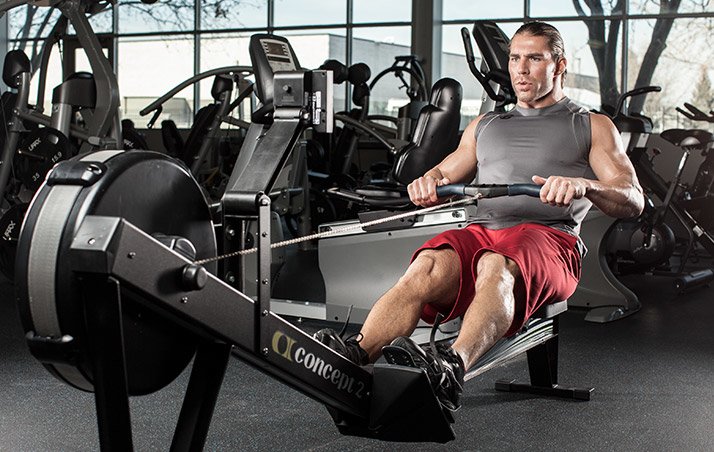
"If the end goal is to get bigger and stronger, for some people that may require cutting back on your gym time to guard against overtraining," says Capurso. "For some people, myself included, that's hard to do."
Don't Skip Your Cool-Down
You may be inclined to head for the showers after you finish your last set, but incorporating a 20-minute cool-down session has been shown to improve recovery. Engaging in 15-20 minutes of light, continuous aerobic activity, during which you continue to perspire, helps to remove metabolic byproducts (lactate, ammonia, and hydrogen ions) associated with anaerobic exercise, essentially meaning you'll be ready for your next workout faster.2
Limit Intense Outside Physical Activity
If you're serious about building mass, but you also play intramural sports regularly, you're probably not doing your muscle-building efforts any favors. It's extremely difficult to maximize muscle gains when you're pushing yourself hard in other physically demanding activities, whether they're work related or sport.
Some outside physical work unrelated to your bodybuilding training is surely OK, but constant exhaustive activity can sap your strength, including lowering muscle and liver glycogen levels.
Get a Massage
A number of pro bodybuilders today extol the benefits of regular massage. Byproducts of extreme muscle-building are sore muscles, tightness, swelling from inflammation, and increased muscle adhesions and "knots." Anecdotally, hard-training lifters claim massage can greatly reduce these symptoms and help speed recovery, but the evidence has been thin, at least from a research perspective.3
That doesn't mean you can't give it a try, though. Because massage can be fairly expensive, however, see if you can get your partner to work on you, or opt for the semiregular massage from a pro.
Use a Foam Roller
You see many athletes today working their muscles on foam rollers, and for good reason. A 2015 Canadian study found that foam rolling effectively reduced delayed-onset muscle soreness (DOMS), as well as physical performance decrements.4 The study entailed a 20-minute foam-rolling session immediately post-workout, as well as 24 and 48 hours afterward.
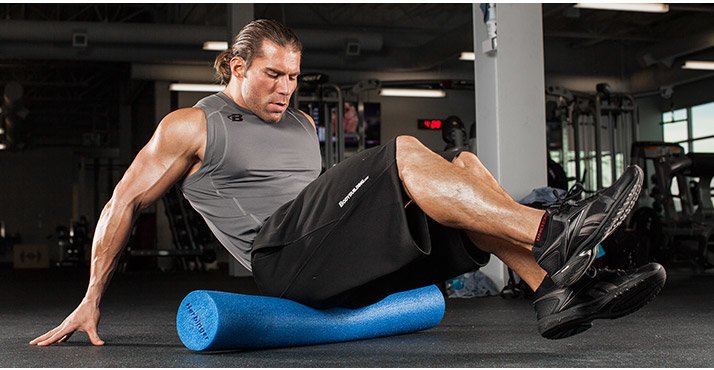
"I've done foam rolling. I'm not going to lie; it hurts like a bitch," says Capurso. "I've even worked with a chiropractor and found that it works especially well when combined with an active stretch during the foam roll. I think rolling is equally important for mobility."
Of note, research also shows that static stretching, which can help increase a joint's range of motion, is ineffective in reducing DOMS and has not been shown to aid performance.1,5 Done 60 minutes before your training session, it can even have a negative effect on explosive power.1
Final Recovery Roundup
Science has looked at a number of other recovery factors—including active recovery, cryotherapy (ice), contrast-temperature water immersion, hyperbaric oxygen therapy, the use of nonsteroidal anti-inflammatory drugs, compression garments, and even electromyostimulation that delivers electrical impulses—and none of these has thus far been shown to offer any advantage in terms of speeding the recovery process, as measured by ability to enhance the rate of blood-lactate removal following high-intensity exercise or to reduce the severity and duration of exercise-induced muscle injury and DOMS.
Your best bet is to focus on the strategies that have been shown to work, and to give a muscle what it needs most for recovery: time, nutrition, and ample care.
References
- Barnett, A. (2006). Using recovery modalities between training sessions in elite athletes. Sports Medicine, 36(9), 781-796.
- Bompa, T., & Buzzichelli, C. (2015). Periodization Training for Sports, 3E. Human Kinetics., p. 74.
- Tiidus, P. M. (2015). Alternative treatments for muscle injury: massage, cryotherapy, and hyperbaric oxygen. Current Reviews in Musculoskeletal Medicine, 8(2), 162-167.
- Pearcey, G. E., Bradbury-Squires, D. J., Kawamoto, J. E., Drinkwater, E. J., Behm, D. G., & Button, D. C. (2015). Foam rolling for delayed-onset muscle soreness and recovery of dynamic performance measures. Journal of Athletic Training, 50(1), 5-13.
- Herbert, R. D., de Noronha, M., & Kamper, S. J. (2011). Stretching to prevent or reduce muscle soreness after exercise. Cochrane Database Syst Rev, 7.



